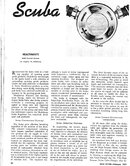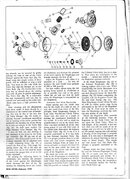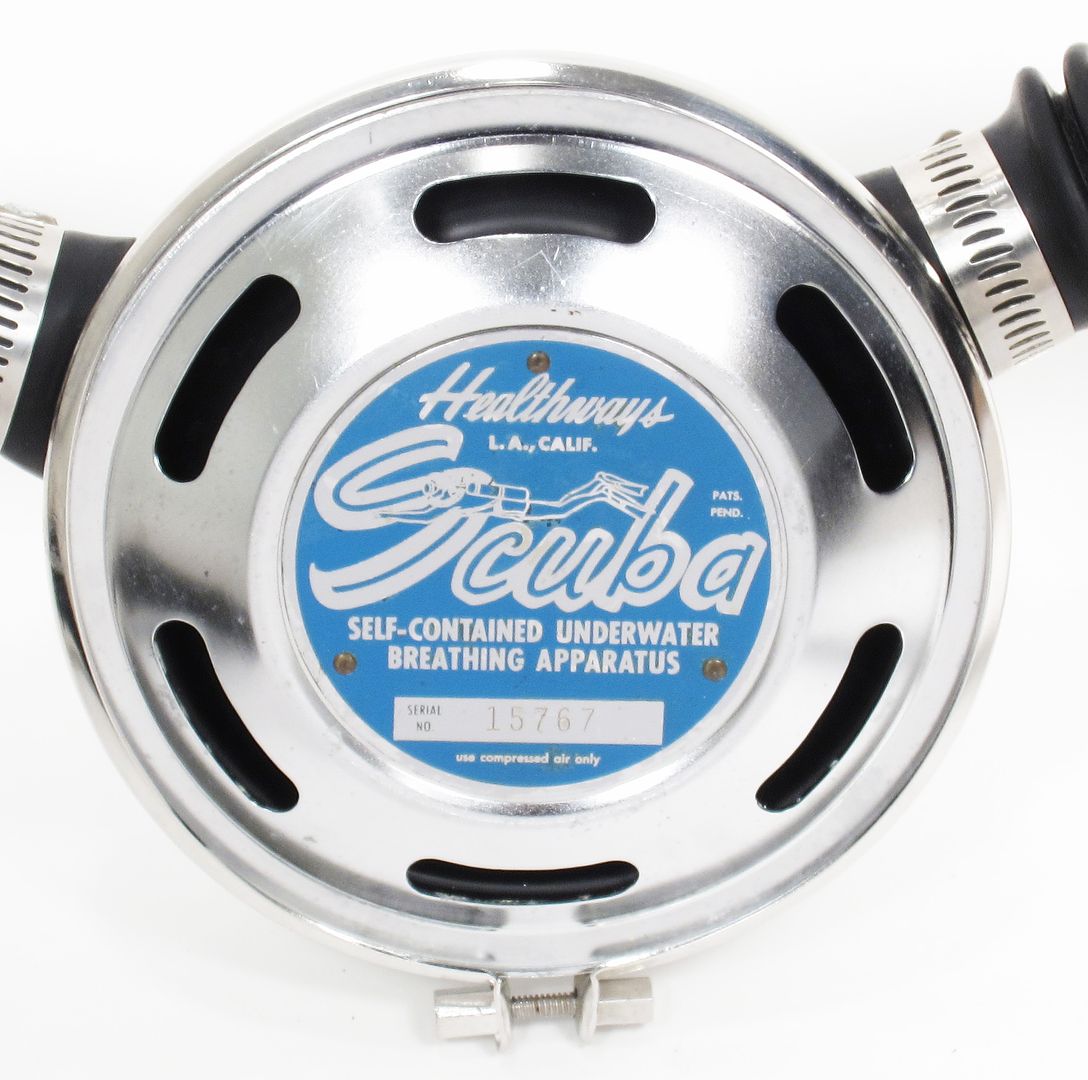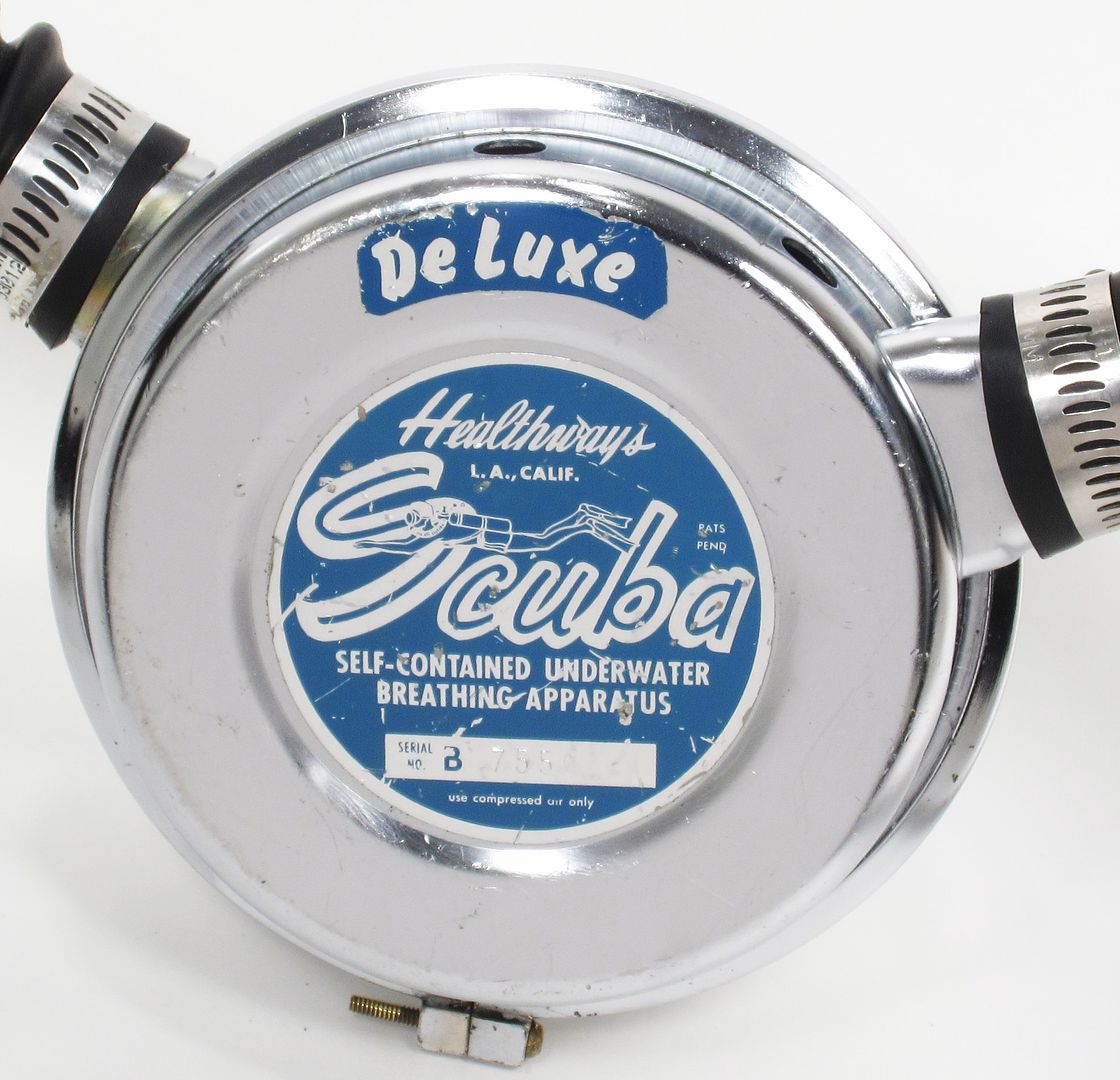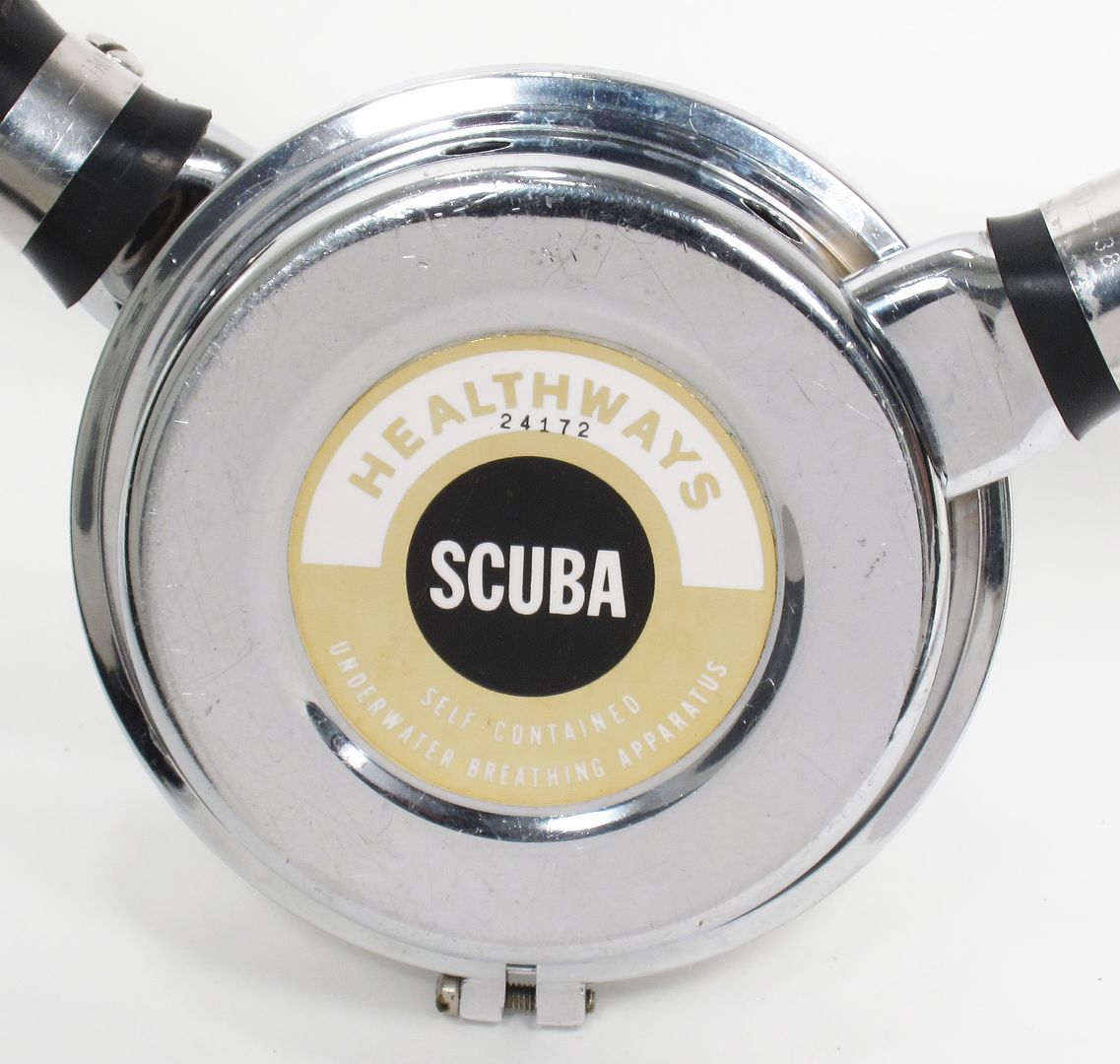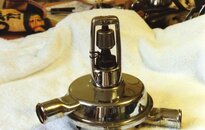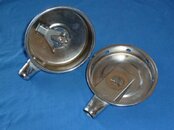First, let me say that the Healthways SCUBA regulator you have was my first regulator in 1959. It breathed smoother and had a better mouthpiece than the USD Mistral. This regulator is still viable, and can be easily restored. Basically all commercially available models of the Healthways Scuba regulator (the SCUBA original, the SCUBA Deluxe blue label, and the SCUBA Gold Label) are in my inventory.
Here are a couple of recommendations. First, do not sell this regulator, but instead restore it. If yours has the duckbill inside, see whether it can be preserved. If not, don't worry. All you need to do is get a new duckbill and cut it down to fit inside the exhaust chamber.
The internal parts of the Healthways SCUBA are either nylon, stainless steel or chrome-plated brass, and very durable. The seat itself may need to have a new O-ring, but that's about it. This is a very easy regulator to maintain. The seat is also reversible.
Most times, the diaphragm is still in good shape because it is made of rubberized nylon. Conditioning it with a coating of silicone grease is about all you need. The new silicone diaphragm may be a good investment, but is probably not necessary. This is because this is a bigger diaphragm than almost any other double hose regulator, and therefore is quite sensitive to water pressure and easy to breath.
The one inch hoses are available, but not on the scuba market. They are used in Powered Air Purifying Respirators and some SCBAs (self-contained breathing apparatus--fire department breathing apparatus) by 3M, North and Scott:
3M
Be sure to get the neoprene rubber hoses, and not the plastic ones. They will work better underwater.
The Hope-Page mouthpiece is much to be desired. It was one of the first mouthpiece to have non-return valves, and it is still viable as a mouthpiece. You can get Mares silicone mushroom valves for their single hose regulator that will work with the wagon wheels of the Hope-Page mouthpiece.
My Healthways SCUBA original model was in the pool last weekend, and it is a nice breathing regulator. It was dived in open water last spring, and that was a great dive.
Concerning the exhaust system "defects," it is a design problem that was overcome by using the duckbill. The diaphragm that is inside the can works pretty well, except in a head-down position where it allows water into the hose. This is the "balance" problem that Fred Roberts discusses. The rubber band can simply be a rubber band--a very easy fix. With the duckbill in the exhaust chamber, the rubber band is not necessary (but mine has one).
The second generation Healthways SCUBA also has an exhaust problem--the mushroom valve can be sealed by the diaphragm if there is no non-return in the mouthpiece. This is because pressurizing the regulator pushes the diaphragm into the mushroom valve. The Healthways second and third generation mouthpieces were poorly designed, in that the wagon wheels were too small and increased breathing resistance. The intake mushroom valve increases the resistance of the mouthpiece system. But this caused the sealing of the mushroom exhaust valve in the case. The Gold Label overcame this with a metal tab welded into the case which created a space between the diaphragm and the mushroom exhaust valve. You can change the second generation SCUBA box to have this space by gluing a nut onto the case.
In short, you should try keeping this regulator, and not sell it.
SeaRat



